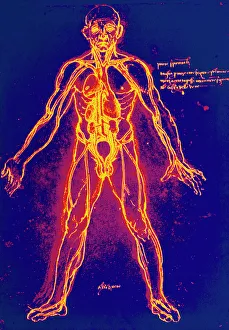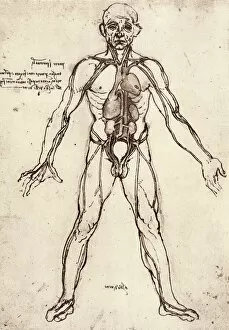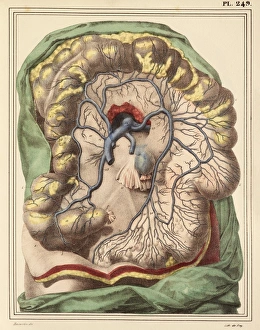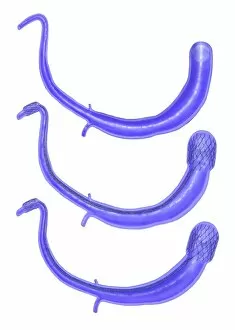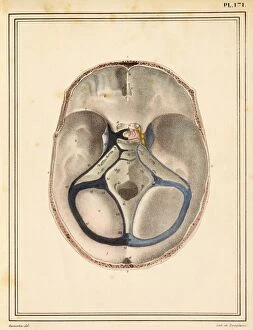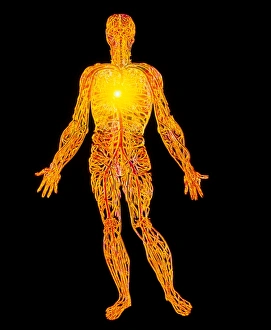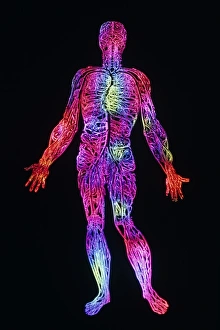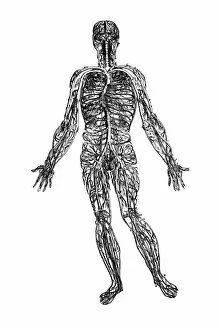Venous System Collection
The intricate network of the venous system, as depicted in Leonardo da Vinci's drawing, reveals the remarkable complexity and beauty of our internal anatomy
All Professionally Made to Order for Quick Shipping
The intricate network of the venous system, as depicted in Leonardo da Vinci's drawing, reveals the remarkable complexity and beauty of our internal anatomy. From the human venous system to the anterior view of legs and veins, these illustrations offer a glimpse into the inner workings of our bodies. In 1825 artwork showcasing intestinal veins, we witness how even seemingly mundane organs possess an intricate web of vessels that aid in digestion and nutrient absorption. The delicate strokes bring life to these otherwise hidden pathways. Artwork depicting mitral valve annuloplasty showcases medical advancements in treating heart conditions. These detailed images highlight surgical procedures aimed at repairing this crucial valve, ensuring proper blood flow within the heart chambers. Through artistry and science combined, we gain insight into life-saving interventions. Further exploration takes us to stomach veins from 1825 artwork. This visual representation reminds us that every organ has its own unique vascular supply essential for maintaining optimal function, and is awe-inspiring how nature intricately designs each part with such precision. Lastly, brain sinuses depicted in another 1825 artwork demonstrate how even within one organ lies a complex network responsible for draining deoxygenated blood away from this vital control center. Such illustrations remind us of both our vulnerability and resilience as humans. These captivating depictions serve as a testament to human curiosity and ingenuity throughout history – seeking knowledge about our own bodies through observation and artistic interpretation.

